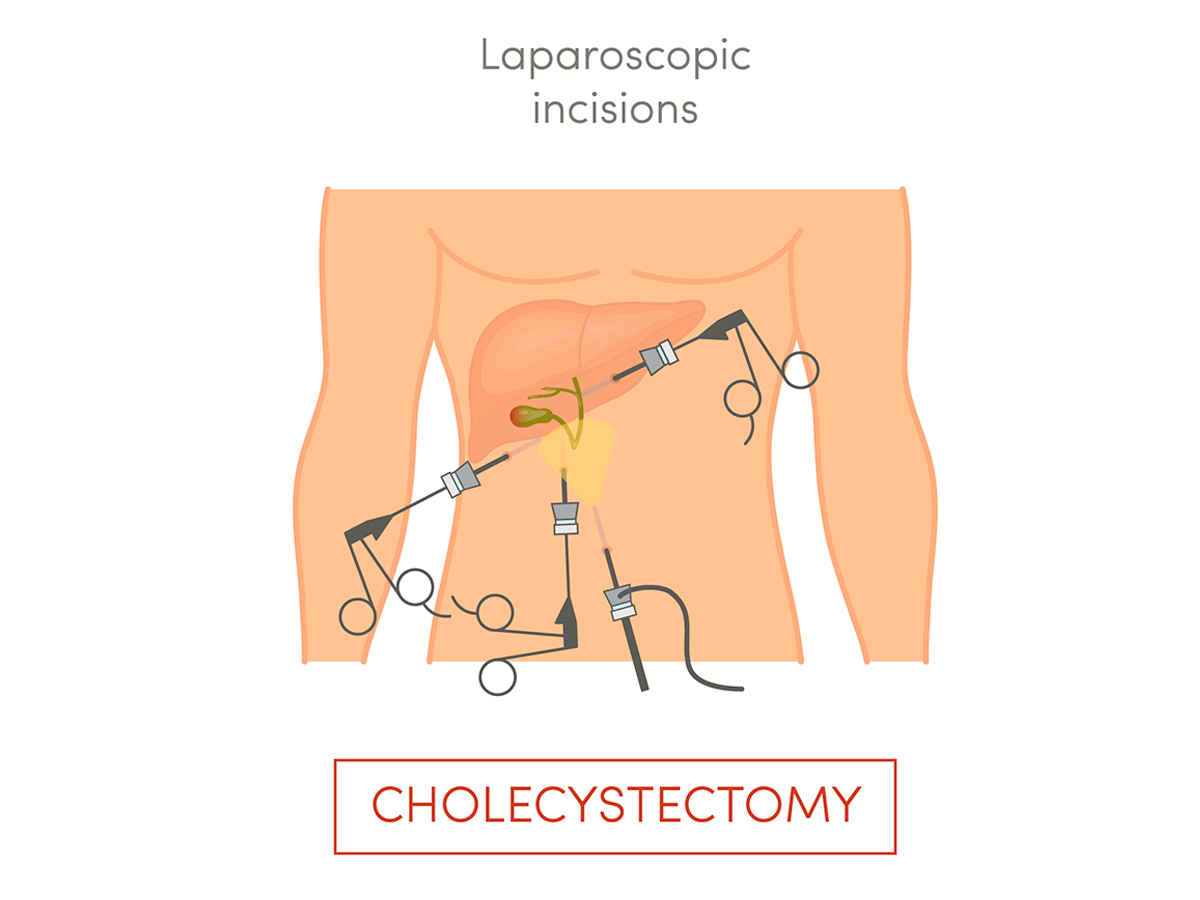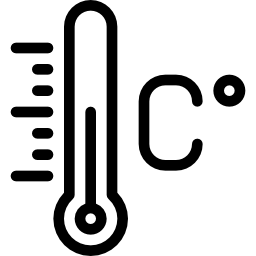- +52 664 761 5349
- contact@tijuanasurgery.com
- Paseo de los Héroes 9211 Edificio Xtal Zona Rio Tijuana BC México 22010

Cholecystectomy is a surgical procedure to remove the gallbladder, a pear-shaped organ located just below the liver in the upper right side of the abdomen. The gallbladder collects and stores bile, a digestive juice produced in the liver.
A cholecystectomy is a common surgery and carries only a small risk of complications. In most cases, you will be able to go home the same day as the cholecystectomy.
A cholecystectomy is most commonly performed by inserting a tiny video camera and special surgical instruments through three small incisions to see inside your abdomen and remove the gallbladder. Doctors call it a laparoscopic cholecystectomy.

Lipomas can form anywhere on the body. They usually have the following characteristics:

Nauseas

Vomiting

Fever

abdominal pain that worsens with deep breathing

abdominal pain and cramping after meals (especially fatty foods)
During gallbladder surgery is performed under general anesthesia, the procedure most of the time can be performed on an outpatient basis and the patient can leave the same day and return to work and normal life within a few days.
Dr. Javier Cisneros Lopez is a general surgeon specializing in inguinal hernia in the city of Tijuana, Baja California Mexico with 26 years of experience and more than 7,000 procedures performed. If you have any symptoms or doubts about your health, schedule an appointment here to receive medical attention appropriate to your condition.
It is the organ in charge of storing bile during periods of fasting. This secretion is produced by the liver to help the processing and absorption of food in the intestine, especially those rich in fats. In addition, bile serves to excrete endogenous substances and releases hemoglobin, which is responsible for transporting oxygen in the blood. It also serves to excrete cholesterol and regulate its levels in the blood.
However, it is important to know that the gallbladder is not a vital organ and that its removal does not produce digestive problems noticeable by the patient.
Gallstones are solid formations produced by various abnormal biochemical processes that affect the bile stored in the gallbladder. A single one or hundreds of them can be formed. It is known that there are associated factors such as:
Previous surgeries of the intestine that can influence its appearance.
When these stones obstruct the exit of bile from the gallbladder it is called cholecystitis, and it is a cause of abdominal pain that requires urgent evaluation.
Although there is a possibility that they do not generate major discomfort and are asymptomatic, the most common symptom of gallstones is biliary colic, an intense pain -especially after eating large meals- located under the right ribs, in the pit of the stomach and radiating towards the back. Sometimes they can also produce nausea and vomiting. In the event of any of these discomforts, especially after the age of 40 or 45, a specialist should be consulted to avoid complications.
Its detection is done through an ultrasound or abdominal tomography, which is a non-invasive and risk-free test. As the presence of stones can be asymptomatic, it is important to have this examination at least once a year in adulthood, as it is more common in adults and young adults, although they can appear at any age, even in newborns.
The indication for the presence of gallstones in the gallbladder is only one: to remove it. It is the only definitive treatment for this pathology, since there is no way to dissolve them permanently with any drug. It is also useless to remove them from the gallbladder because it has been seen that patients produce them again after a short time.
In these cases, the surgery of choice is laparoscopic cholecystectomy, a minimally invasive procedure that is performed with small incisions in the abdominal area and does not require more than one day of hospitalization. This allows a quick return to normal life, without major impediments for the patient.
The accumulation of gallstones in the gallbladder can lead to other more serious complications: jaundice, acute pancreatitis and gallbladder cancer.
Jaundice occurs because a stone obstructs the main bile duct through which bile is excreted into the duodenum. The symptoms are yellow eyes, very dark urine (like Sidral) and yellowish stools.
Acute pancreatitis occurs when the stone plugs the duct that drains the pancreas, producing pain in the upper abdominal area or extending to the back that worsens after eating. There may also be fever, tachycardia, nausea, vomiting and pain on palpation when touching the abdomen. In both cases, the patient should go immediately to the emergency department.
In the case of gallbladder cancer, it generally occurs in women after the age of 55 and, in most cases, affects those who have had few or no symptoms.
Contact information
Copyrights ©2022 – Tijuana Surgery Center